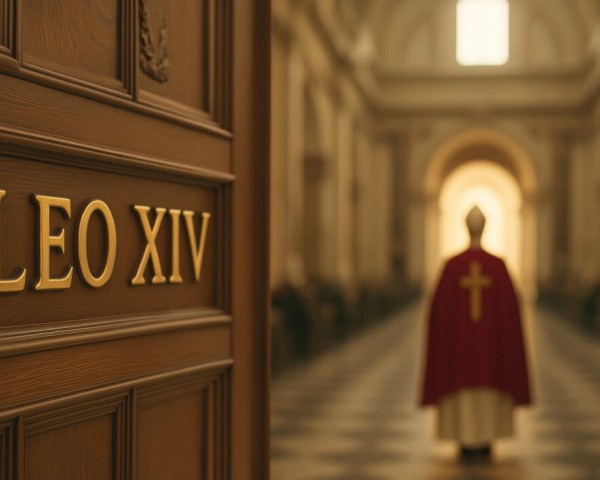The election of Pope Leo XIV, the first pope hailing from both America and Peru, has spurred palpable anticipation among business owners and authorities in Rome. They foresee a notable increase in American tourists, captivated by the unique nature of his pontificate.
Given that the United States already constitutes Rome’s largest tourist demographic—accounting for half of the city’s 5 million visitors in 2024—the possibility of yet more travelers, especially given the U.S.’s substantial Catholic population, is certainly fueling optimism. Still, as Rome wrestles with the implications of overtourism, city officials are indeed contemplating strategies aimed at balancing economic benefits and long-term viability.
A Boost for Rome’s Tourism Industry
The Roman tourism sector, quite important to the Italian economy, is presently abuzz. Within Trastevere, shopkeepers view Leo XIV’s Chicago background as a draw for North and South American tourists. Alessandro Onorato, Rome’s deputy for tourism, pointed out that American visitors are already significant in the city, numbering roughly 313,000 within the initial two months of 2025, out of a total of about 633,000.
The election of a pontiff with American connections is expected to amplify these visitor numbers, especially as various U.S. dioceses apparently plan pilgrimages beginning in 2026, according to Stefano Corbari.
American travelers are often valued because of their spending habits. A survey, conducted around February 2025 by the ETC, indicated that almost a third of American travelers intend to spend beyond €200 daily in Europe, ahead of Chinese and Canadian tourists. While perhaps not as lavish as previously, American budgets still appear to be in the “upper middle” range, with a focus on curated experiences, according to Corbari. Furthermore, Pope Leo XIV’s Peruvian origins may also attract South American visitors, who are also considered valuable clients, possibly leading to greater diversity within the city’s tourism market.
Impact on the Economy and Culture
Tourism accounts for, roughly, over 6% of Italy’s GDP and close to 13% when factoring indirect effects like culture and restaurants, according to ISTAT, the country’s statistics institute. The Vatican will, also, likely benefit, seeing its museums might potentially witness expanded visitor numbers, helping to offset its deficit in 2023. For Rome, the potential influx of pilgrims promises to boost local businesses, while also bolstering the city’s position as a major cultural and spiritual center.
The Challenge of Overtourism
The expanding tourism in Rome related to the election of Pope Leo XIV is not without difficulty, however. Overtourism, which has worsened following the post-COVID environment, has elevated accommodation prices, and stressed local infrastructure. In general, residents and even policymakers are more vocal about the need for sustainable tourism approaches. The city council is possibly weighing different measures, such as a fee for accessing popular sites (such as the Trevi Fountain) and, perhaps, capping the number of holiday rentals. Such steps seemingly try to align with the current Pope’s emphasis on sustainability, seeking to ensure that tourism enhances, without diminishing, the city.
A Strategic Opportunity
The election of Pope Leo XIV gives Rome a chance to capitalize on its allure. By leveraging his background, Rome might attract diverse tourists, from the U.S.A., where, in particular, enthusiasm is high. Smart marketing, such as promoting tour packages, could amplify that effect. At the same time, Rome must address challenges through innovative approaches to preserve the city’s culture and the general quality of life.

